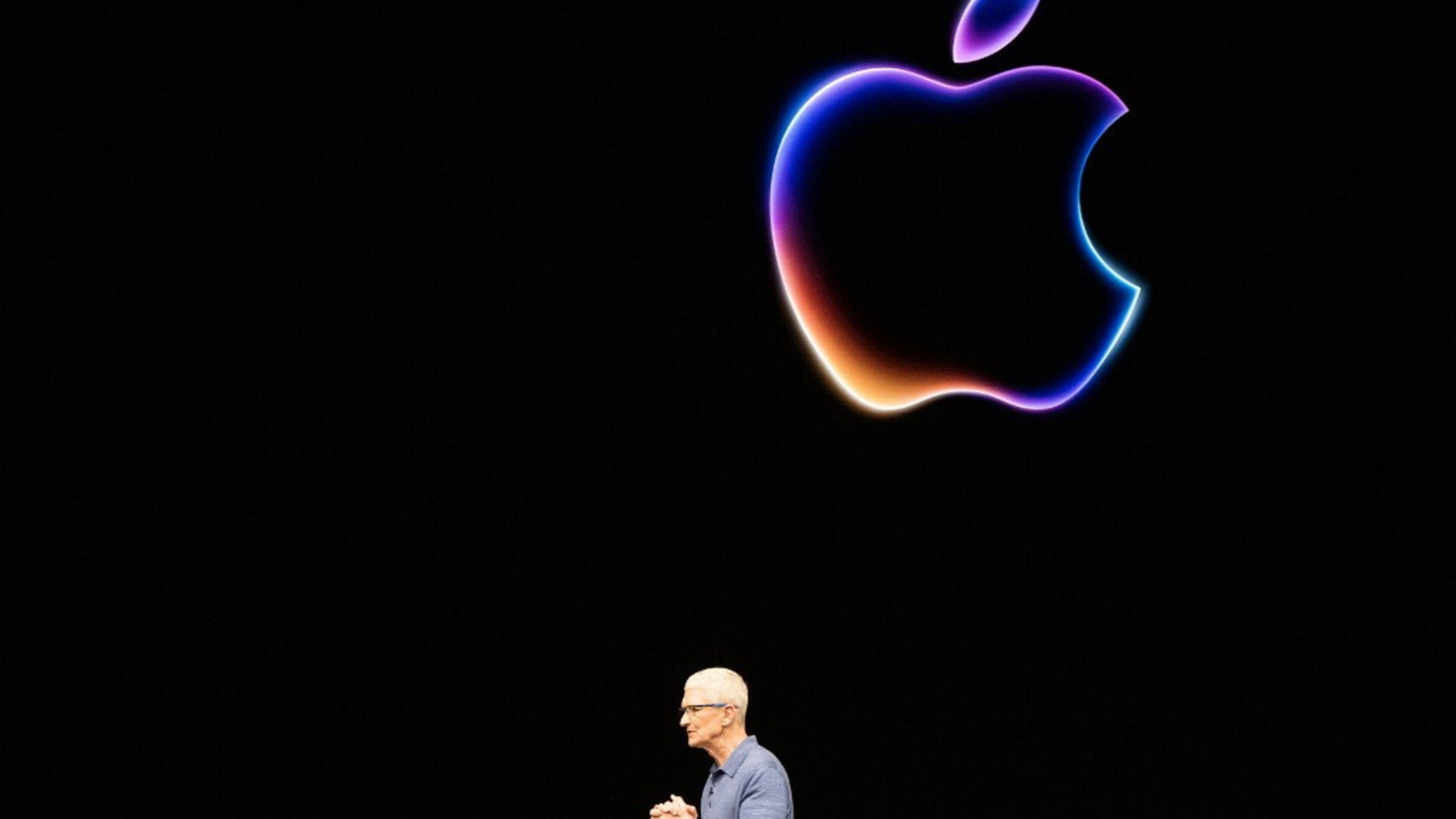Since Apple revamped its entire iPhone lineup in 2020, launching new designs and 5G connectivity, the device hasn’t undergone a major overhaul. And that won’t change with the unveiling of the iPhone 16. The New York Times believes so, noting that while the iPhone 15 Pro debuted last year with a titanium body, it was fundamentally the same phone as its predecessor. And while the iPhone 14 Pro added Dynamic Island, hailed as a new interface, it wasn’t really a big change from the 13 Pro, which itself was only a small tweak from the 12.
This year’s iPhone 16 lineup will follow that pattern. The four new models, which will likely be called the iPhone 16, 16 Plus, 16 Pro, and 16 Pro Max, will not be significantly different from the current versions nor will they add any major new features. The big marketing point will be Apple Intelligence the Cupertino company’s new suite of AI features. All iPhone 16 models will come with Apple Intelligence, but it will also work with the iPhone 15 Pro versions. Non-Pro versions of the iPhone 16 will add the Action button, which was already present on the high-end versions of last year’s model. But Apple is rolling out a more customizable Control Center and tweakable Lock screen options in iOS 18, which could make the Action button less useful.
There will be a new camera control on the right side of the phone (at least on the new Pros). It will work like a button on a traditional camera, allowing you to press lightly to activate autofocus. A harder press will take the photo. Another change that will likely only come to the Pro models: slightly larger displays. The regular Pro will go from 6.1 to 6.3 inches, while the Pro Max will be closer to 6.9 inches, up from 6.7. There will be a new chip: the A18. All four models will have 8 gigabytes of memory, the minimum to run Apple Intelligence.
For those with older iPhones, these are all nice improvements, but they’re probably not essential, and analysts don’t expect the new models to fuel a buying frenzy—so much so that the company itself declined to provide a growth forecast for the iPhone market in the current quarter.
But next year will surely bring a bigger shakeup to the iPhone lineup. As early as early 2025, Apple will launch a new iPhone SE, the first update to its low-end phone since 2022. This model will look like an iPhone 14, with a sharper OLED display that spans the entire device, and it will likely ship with Apple Intelligence. If Apple can get the new iPhone SE priced around $500, it could be a bestseller.
Do not more important changes will appear in September 2025 with the iPhone 17. That lineup will offer a new type of smartphone with a much thinner design. The idea is to create an “Air” version of the iPhone, something that sits between the iPhone 17 and iPhone 17 Pro and is flashier than a standard iPhone, but without the performance, screen size, or cameras of a Pro model.
The combination of the new SE and a thinner model could be enough to return the iPhone to significant growth in 2025. The goal of the first foldable iPhone remains 2027which could perhaps be accompanied by a foldable iPad, eight years after the first foldables from Samsung, which now dominates the market, and Huawei, which in the meantime has been swept away from the European smartphone market.
